We're trying to assess the feasibility of this idea:
We have a pretty deep stack of HasTraits objects in a modeling program. For example, if we are modeling two materials, we could access various attributes on these with:
Layer.Material1.Shell.index_of_refraction
Layer.Material5.Medium.index_of_refraction
We've used this code for simulations, where we merely increment the values of a trait. For example, we could run a simulation were the index_of_refraction of one of these materials varies from 1.3 to 1.6 over 10 iterations. It actually is working quite nicely.
The problem is in selecting the desired traits for the simulation. Users aren't going to know all of these trait variable names, so we wanted to present a heirarchal/tree view of the entire trait structure of the program. For the above two traits, it might look like:
Layer
- Material1
- Shell
- index_of_refraction
- Material2
- Medium
- index_of_refraction
Etc...
I know that traitsui supports TreeEditors, but are there any examples of building a TreeEditor based on the inspection of a HasTraits stack like this? What is the most straightforward way to get the Stack of traits from an object? Essentially, is this idea feasible or should I go back to the drawing board?
Thanks
